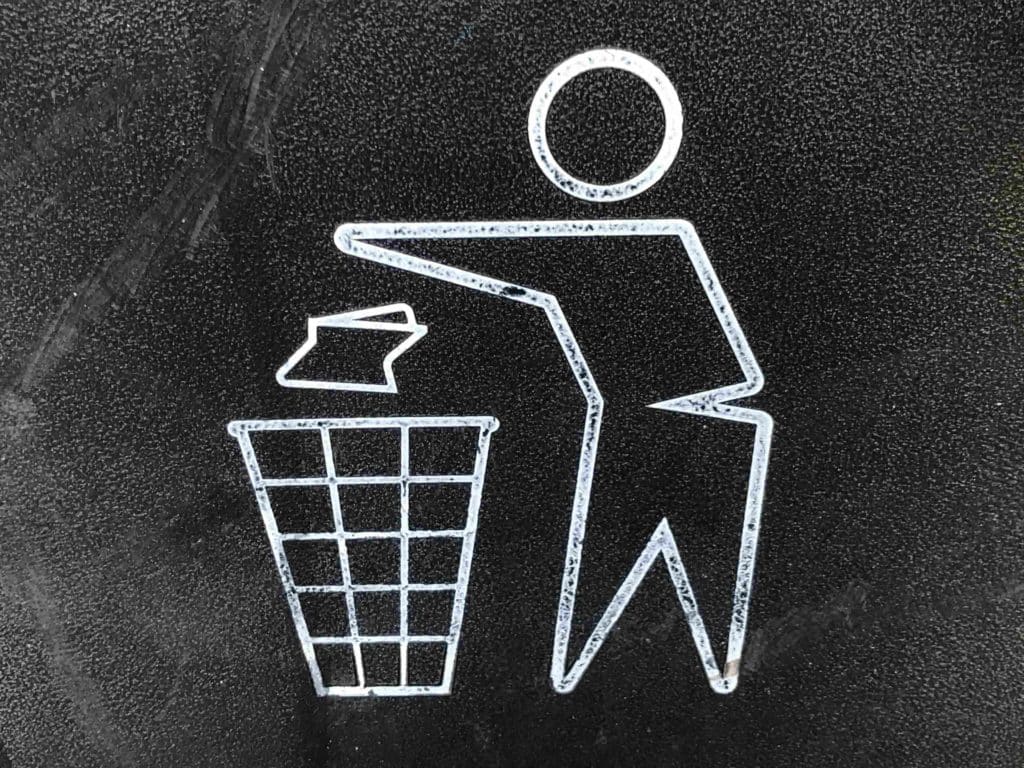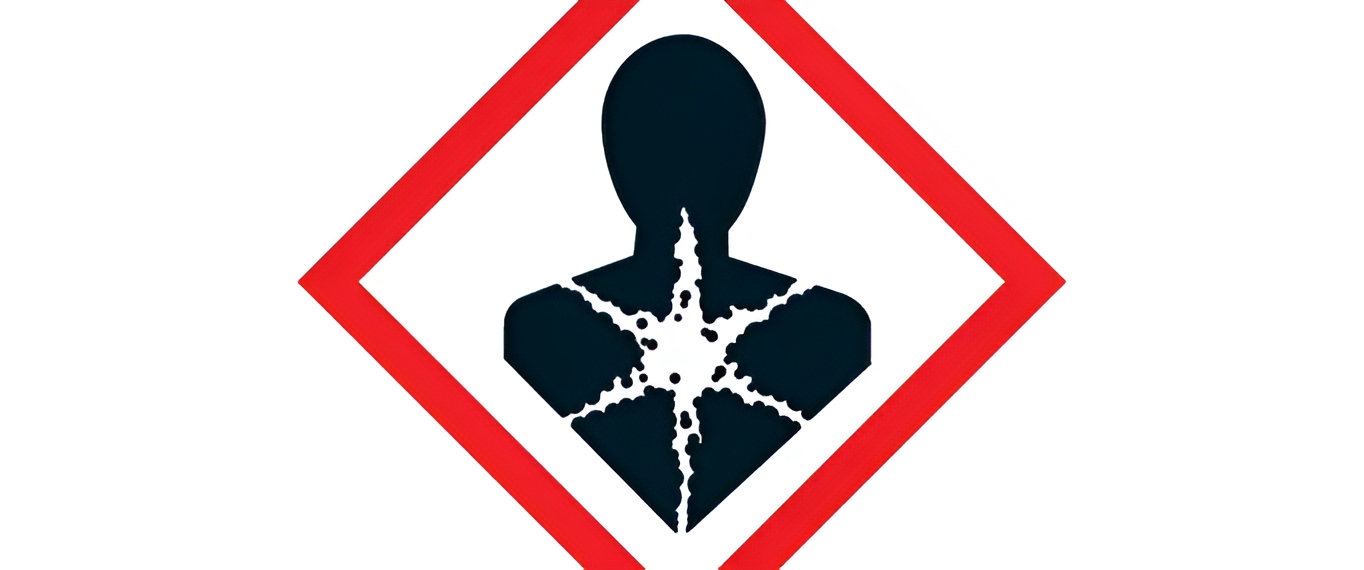ENVIRONMENTAL LABELLING IN ITALY: WHAT IS AT STAKE?
For a long time, there has been a growing demand for transparency in environmental sustainability regarding packaging and packaging waste. As early as 1997, the European legislator had anticipated the need for an environmental labelling system applicable to packaging. Although most companies adopted this voluntary system, it wasn’t as popular as it is today. Only recently, some European countries, including Italy, have established more specific rules in this regard.
On September 11, 2020, Italy published Legislative Decree 3 September 2020, n. 116, which transposes EU directives 2018/851 on waste and 2018/852 on packaging and packaging waste. While Italian companies have already started integrating this information, its official implementation, after two postponements, is set for January 1, 2023.
Article 3, paragraph 3, letter c) of the decree has introduced changes to paragraph 5 of Article 219 of Legislative Decree 152 of April 3, 2006 (and subsequent updates and amendments) on “Environmental Regulations”. These changes relate to “Informative Criteria for the Management of Packaging Waste.”
The new labelling obligation introduced by the standard leaves room for interpretation. It does not clearly define the information to be reported on the label, the mandatory elements, and the boundaries of the obligation. Companies are also concerned about the timing required to comply with the obligation.
Introduction to the Decree and Interpretational Challenges
The legislative decree stipulates that all packaging should be appropriately labelled according to the methods established by the applicable UNI technical standards and the decisions adopted by the European Union Commission. This facilitates the collection, re-use, recovery, and recycling of packaging and provides consumers with accurate information on the final destination of the packaging.
Producers must also indicate the nature of the packaging materials used for identification and classification purposes, based on Commission decision 97/129/EC. The purpose of article 219 paragraph 5 pertains to the environmental labelling of packaging, regardless of any other labelling obligation.
However, the decree faces some challenges. Firstly, the reference to UNI standards is broad and doesn’t specify what information companies should label according to these standards. Secondly, Decision 97/129/EC does not identify all plastic packaging materials, and for plastic packaging made of polymers or a combination, UNI 1043-1 and UNI 10667-1 must be consulted to identify and recognize recycled polymers.
Thirdly, multilayer plastic packaging materials are not identified by Decision 97/129/EC, and only UNI 11469 offers support for communicating the composition of structures made of several polymers. Finally, for environmental self-declarations, the only available reference is Decision 97/129/EC. To communicate voluntary information on the environmental qualities of packaging, brands should refer to the UNI EN 14021 standard.
In conclusion, there are several technical standards and decisions to consider. Given their complexity, compliance with the decree’s requirements necessitates the support of professionals.
Understanding the Terminology and Concepts Used in the Decree
Identifying the Intended Recipients of the Information in the Decree
The decree outlines the definitions and concepts related to its obligations. The decree refers to natural persons who purchase or import packaging or packaged goods for their personal use, as stated in the Italian Consumer Code (Art. 3, paragraph 1).
According to Legislative Decree 152/2006 (Art. 218, paragraph 1, letter v), the consumer is the individual who purchases or imports packaging, items, or packaged goods for personal use outside of professional activities. Therefore, packaging offered to final consumers for sale or free of charge in B2C or B2B activities falls under the decree’s obligations. It also includes packaging intended for professional use.
Packaging Subject to the Decree’s Obligations
In terms of material identification, the legislator hasn’t specified the discriminating factor of the packaging’s destination to the “consumer”. As a result, there aren’t any elements to exclude packaging that’s also intended for professional use from identification and classification based on Decision 97/129/EC. Thus, all packaging requires identification and classification.
- Producers are responsible for affixing the alphanumeric coding required by Decision 97/129/EC to all packaging (primary, secondary, and tertiary). For plastic packaging made with polymers or a combination not included in Decision 97/129/EC, the UNI 1043-1 standards and UNI 10667-1 can be used for identifying plastic materials and recognizing polymers from recycling.
- All packaging must be labelled in the form and manner that companies deem most effective for achieving the objectives.
- Finally, packaging intended for consumers must include appropriate wording to facilitate waste collection.
WHAT ARE THE PRACTICAL REQUIREMENTS OF THE DECREE?
The following indications must be reported as mandatory or optional, depending on the provisions of the Decree:
Mandatory:
- Type of packaging (e.g. bottle, jar, cap, reducer, etc.)
- Alphanumeric code of the packaging material, as required for all types of packaging by Decision 97/129/EC. This code is a system of identification of packaging materials through alphanumeric codes, shown in the specific annexes.
- Indications for the consumer to separate waste collection. This applies to all manually separable components of packaging intended for the final consumer. The CONAI guidelines suggest following the family of material and collection advice and checking the provisions of the relevant Municipality.
WHAT SHOULD BE DONE WITH NON-MANUALLY
SEPARABLE COMPONENTS?

For packaging systems with a main body and non-manually separable accessory components, the identification code of the main body material should be displayed, along with indications on collection, which follows the material of the main body. If possible, only the identification code of the material should be affixed, as per Decision 97/129/EC. However, these components do not need to show indications on the collection.
If the packaging system has manually detachable components from the main body, each component must display the alphanumeric coding as per Decision 97/129/EC and bear information on the collection, as described in the previous paragraph. This data indicates the destination of the packaging (plastics, metal, organic, residuals, cardboard) and aims to recycle its components appropriately.
If the handling of the packaging differs from one Municipality to another, the packaging should always bear a message indicating that the local collection requirements should be followed (e.g., “Raccolta differenziata. Verifica le disposizioni del tuo Comune”, meaning “Differentiated waste collection. Check the provisions of your Municipality”).
Optional:
- Symbol of the plastic material, in accordance with the UNI EN ISO 1043-1 standard, confirming the plastic packaging identification system envisaged by Decision 97/129/EC.
- Affixing the letter “R” before coding the polymer to identify that it is recycled, according to UNI EN ISO 10667-1.
- Specification of the plastic components that make up a given polymer, according to UNI EN ISO 11469, following the writing method.
- Additional information for a quality differentiated collection is applicable to each manually separable component.
- Any self-declared assertions, as per UNI EN ISO 14021, used to communicate the recyclability of the packaging or the content of secondary raw materials in its composition. Compliance with biodegradability and compostability requirements must also be declared in accordance with this standard.
ASSIGNING CODES FOR COMPOUND PACKAGING: THE 5% RULE
In the case of compound packaging, the alphanumeric coding is assigned according to Annex VII of Decision 97/129/EC. Composite packaging, which consists of different materials that cannot be separated manually, is labelled with the encodings outlined in the Annex based on the material family and secondary materials by weight.
When identifying composite materials of multilayer packaging, if the weight of the secondary material/s is less than 5% of the total weight of the packaging, it is labelled according to the prevailing material by weight. If the weight of the secondary materials exceeds 5%, the packaging is labelled with the encodings provided in Annex VII dedicated to compounds. For multilayer plastic packaging, the packaging is labelled with the code “7” as per Annex I.
The packaging supplier assigns the codes, and the user is responsible for verifying them. If a packaging contains multiple secondary materials and one of them has a weight of less than 5%, that material is not considered for identification purposes. However, if the sum of the weight of the secondary materials is greater than 5%, the packaging is labelled with the codes provided for in Annex VII of Decision 97/129/EC dedicated to compounds.
UNI 11686 STANDARD: AIDING CONSUMERS
To make it easier for the final consumer to recognize the waste bins in which to place the waste, the UNI 11686 standard defines the colors and other visual elements of identification of the waste bins. This is especially important as citizens are increasingly exposed to separate waste collection in different cities and municipalities.
Color codes can help identify the bins, making separate collection a simpler task, even when a person is not in their usual municipality. The standard adopts specific color codes for paper, organic, plastic, metals, glass, and undifferentiated (residuals) waste, allowing for immediate visual recognition for consumers.
Overall, these guidelines and standards make it easier for producers, suppliers, and consumers to comply with the new regulations on environmental labelling of packaging and contribute to a more sustainable approach to waste management.
AN EXAMPLE OF ENVIRONMENTAL LABELING
Let’s consider a simple vial with its dispenser, which is inserted in a paper case (see image below). Therefore, three components that can be manually separated must be labelled in accordance with the obligations of the decree.
| MATERIAL | WHAT IS IT | WHERE IT HAS TO GO |
| BOTTLE | PVC 3 | PLASTIC |
| DISPENSER | PP 5 | PLASTIC |
| BOX | PAP 21 | PAPER |
| always consult the provisions of your municipality |
For better reader comprehension, the information in this article is presented in English. However, it should be noted that the labelling information required by the decree must be in Italian, as the decree is in effect in Italy and labelling in the language of the country is mandatory.
Harmonising Cosmetic Labelling in Europe
In recent years, the issue of product labelling of cosmetics in Europe has been undergoing significant changes, driven by a growing consumer demand for transparency. European authorities have recognised the importance of harmonising cosmetics labelling in Europe to meet this demand. Efforts to standardise labelling requirements are well underway, aligning with the broader drive for product transparency and safety, ultimately enhancing consumer confidence in the cosmetics industry.
Understanding When Packaging is Recyclable

When is packaging considered recyclable?
According to the UNI EN ISO 13430 technical standard, packaging is considered recyclable if it meets certain criteria. These criteria include the availability of efficient recycling technologies, a critical mass that enables an efficient recycling process, and a market for materials obtained from the recycling process. These factors can be evaluated through specific surveys and studies.
When is packaging considered compostable?
Packaging is considered biodegradable and compostable when it complies with the UNI EN ISO 13432 technical standard. This standard certifies the “Requirements for packaging recoverable by composting” and is part of the 94/62 packaging directive. The certification of biodegradability and compostability is issued by accredited third-party bodies, which have been certified for their independence and impartiality by the Single National Accreditation Body (Accredia) in Italy. A database listing the bodies and laboratories accredited to issue these certifications of conformity is available on the Accredia website.
PACKAGING SUITABLE FOR SEPARATE COLLECTION: A SUMMARY
SEPARATE COLLECTION OF PACKAGING: RECYCLABLE OR NOT?
Packaging can be collected separately irrespective of whether it is currently recyclable or not using available technologies. However, good rules for quality separate collection must be followed, such as the need to empty the packaging of its contents. Recyclable packaging will be sent for specific recycling flows, while the others will be valorised for energy recovery.
ASSESSING PACKAGING RECYCLABILITY
Companies can choose to provide additional information on the pack about the recyclability of the packaging. However, there are exceptions for composite packaging and/or those with components of different materials that cannot be separated manually, such as paper with a percentage of cellulosic material less than 60% of the total weight.
The low percentage of cellulosic material renders the packaging non-recyclable and has significant environmental consequences. In the recycling process, 100 kg of this packaging produces over 85 kg of dry waste and almost 150 kg of wet waste that must be disposed of in landfills, requiring large amounts of water and electricity. In such cases, companies producing and using such packaging should label the disposal to unsorted collection to minimize the environmental impact of its end of life.
NOTE OF CAUTION
It’s important to note that there are many particular cases, and this article serves only as an introductory guide to a vast topic. If you want to stay updated on the subject or understand how your product can be marketed correctly in Italy and other markets while ensuring environmental safety for both consumers and the planet, we have plenty of resources to help you!
For further information on regulations applied to cosmetics labels, please see our article on regulatory compliance.



